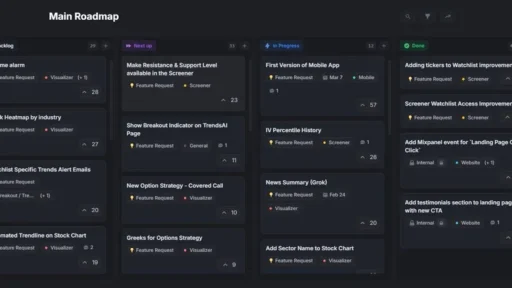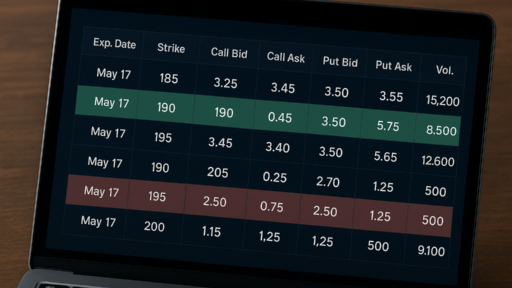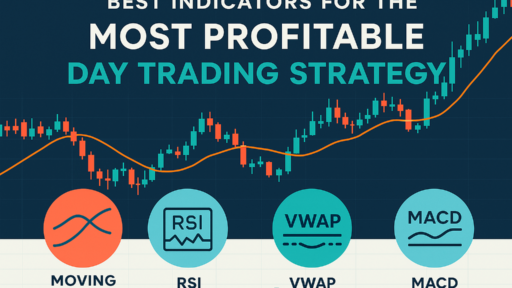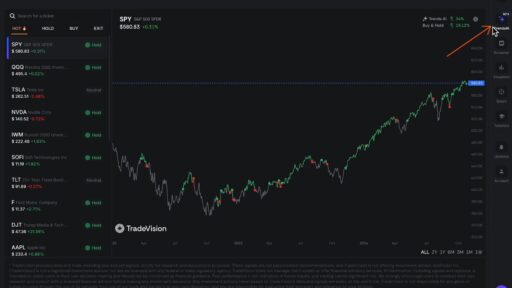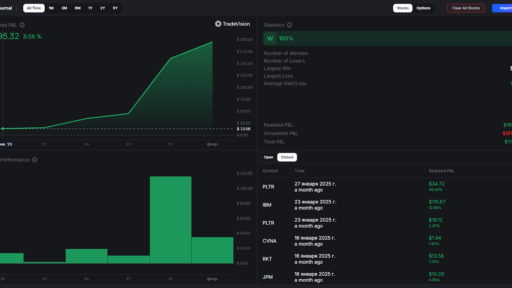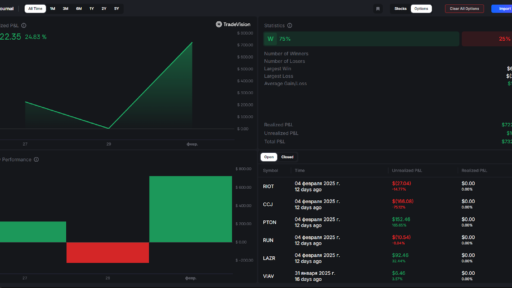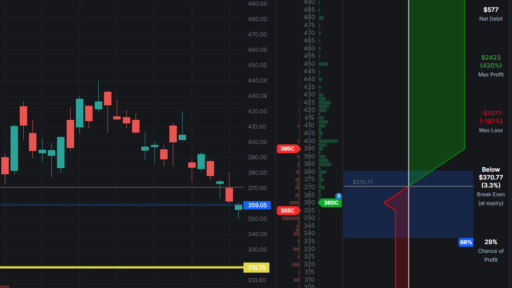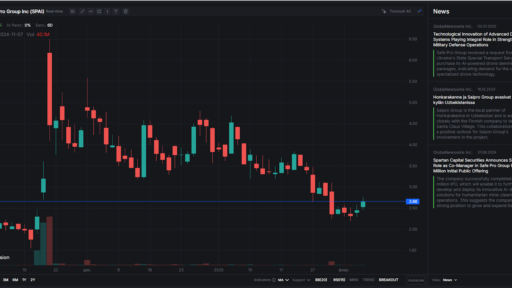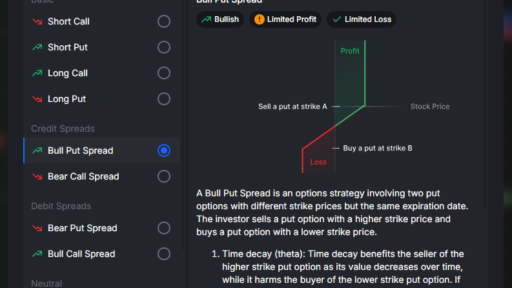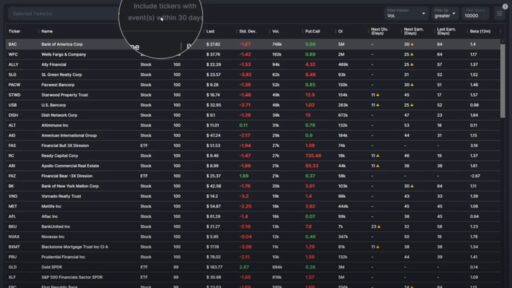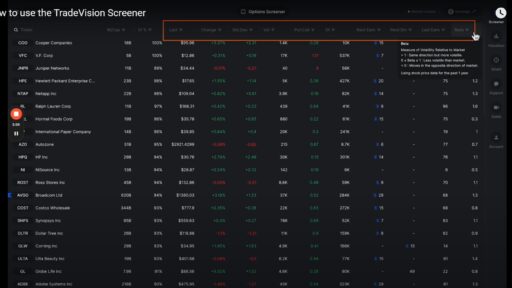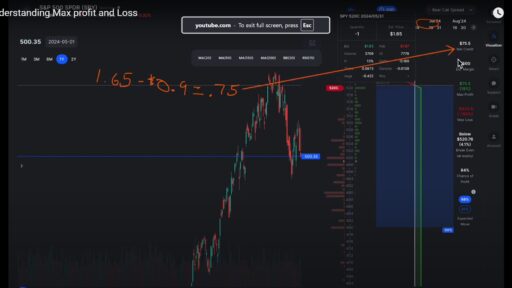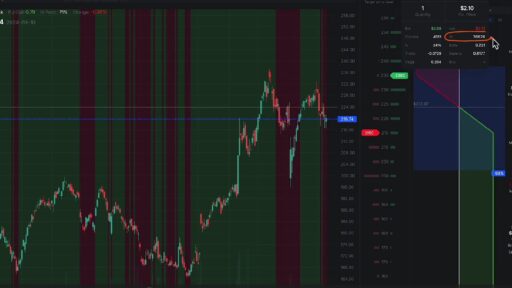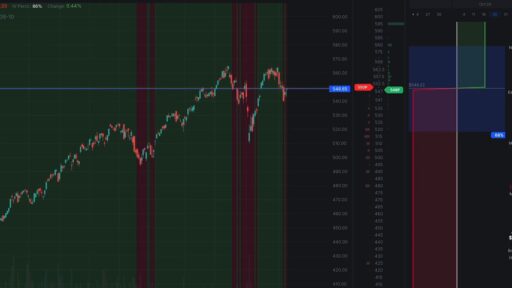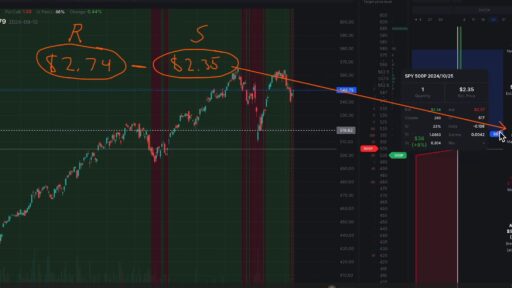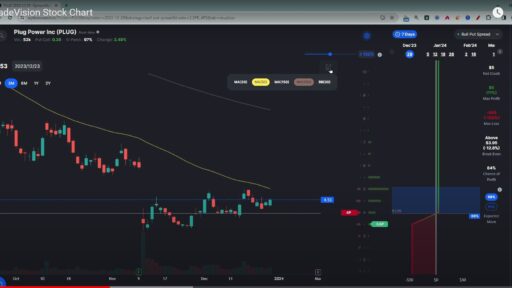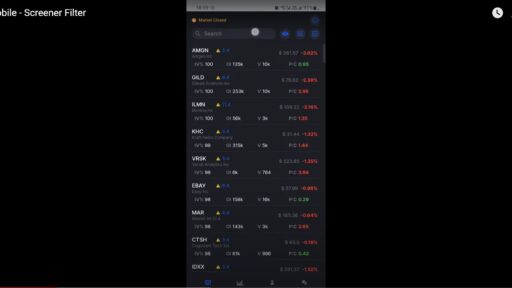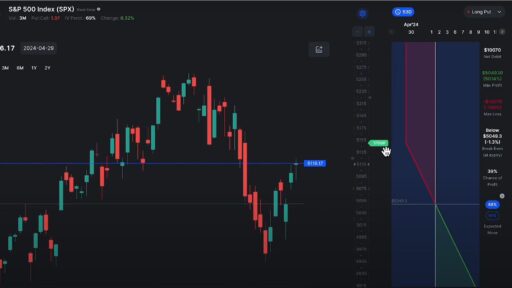Options trading offers a variety of strategies that allow traders to profit from different market conditions. However, one of the most common questions among new traders is: Is there an options strategy that guarantees a profit? While there is no 100% foolproof strategy that guarantees profits in every situation, some options strategies can offer a higher likelihood of success or a more predictable risk-to-reward profile. In this post, we will explore the closest options and strategies to a “guaranteed” profit, explain how they work, and discuss their advantages and limitations.
Understanding Profit Guarantees in Options Trading
Before diving into specific strategies, it’s important to understand that options trading inherently involves risks, and there is no such thing as a “guaranteed” profit. Even strategies that appear safe have certain risks attached, including market volatility, unexpected price movements, and timing issues.
However, there are strategies that can maximize the probability of profit or limit the downside risk, providing a better chance for profit under certain conditions. Below are a few strategies that can help you achieve more consistent profits when executed correctly.
1. Covered Call: Maximizing Profit with Limited Risk
A covered call strategy is one of the most popular among options traders looking to generate steady income from their portfolio while limiting risk. It’s not a guarantee of profit, but it significantly reduces potential losses while providing the opportunity to earn income through option premiums.
How It Works:
A covered call involves holding a long position in an underlying asset (such as stocks) and selling a call option on that same asset. By selling the call, you receive the premium from the option buyer. In return, you give up the potential for profits above the strike price of the option you sold, but you still benefit from any price increase up to the strike price.
- Best for: Traders who already own stocks and believe that the stock price will remain relatively flat or increase slightly. It’s a way to generate income from assets they already hold.
- Profit Guarantee: The only way this strategy guarantees some profit is if the price of the underlying asset remains below the strike price at expiration, allowing you to keep the premium from selling the call. This makes it a low-risk, income-generating strategy, but your profits are capped at the strike price plus the premium received.
- Risk: If the asset price rises significantly above the strike price, your profits are capped at that strike price. Additionally, you still face downside risk if the asset price falls below your purchase price minus the premium received.
Example:
- You own 100 shares of a stock priced at $50 each.
- You sell a $55 call option on those shares for a $2 premium.
- If the stock price stays below $55 by expiration, you keep the $2 premium and still own your shares.
- If the stock price rises above $55, your shares are called away (you must sell them at $55), but you still keep the $2 premium. Your total profit would be $7 per share ($5 capital gain + $2 premium).

2. Iron Condor: Profiting from a Range-Bound Market
An iron condor is an advanced options strategy used to generate income in a range-bound market. It involves combining two vertical spreads: a bull put spread and a bear call spread. While this strategy can be highly profitable, it comes with defined risk and profit potential, making it a relatively low-risk way to profit in sideways markets.
How It Works:
In an iron condor, you sell a lower strike put and a higher strike call while simultaneously buying an even lower strike put and an even higher strike call to limit your risk. This strategy profits when the underlying asset’s price stays within the range defined by the two sold options.
- Best for: Traders who expect low volatility and believe that the asset will stay within a specific price range by expiration.
- Profit Guarantee: The iron condor provides a high probability of profit as long as the asset stays within the range of the sold strikes. However, there is no “guarantee,” as the strategy can still lead to losses if the price moves outside the range of the sold options.
- Risk: The risk is limited to the difference between the two strike prices minus the premium received. Even in the worst-case scenario, your losses are capped.
Example:
- You sell a put at $45 and a call at $55 while buying a put at $40 and a call at $60.
- If the underlying asset’s price remains between $45 and $55, all options expire worthless, and you keep the premium received from selling the options.
- If the price moves significantly outside this range, your losses are limited due to the protective positions you bought.
3. Cash-Secured Put: Generating Income with Limited Risk
A cash-secured put is a strategy where you sell a put option on an underlying asset you’re willing to buy, while simultaneously setting aside enough cash to purchase the stock if the option is exercised. This strategy is designed to generate income through the premium received from selling the put while ensuring that you can buy the stock at a price you’re comfortable with.
How It Works:
You sell a put option and agree to buy the underlying stock at the strike price if the option is exercised. To limit your risk, you set aside enough cash to purchase the stock. The income from the premium provides you with a cushion against a potential drop in the stock price.
- Best for: Traders who are bullish on a stock but want to generate income while waiting for a potential buying opportunity.
- Profit Guarantee: This strategy guarantees a profit (in the form of the premium received) as long as the stock price remains above the strike price. If the price falls below the strike price, you’ll be forced to buy the stock, but your effective purchase price is reduced by the premium you received from selling the put.
- Risk: The risk is the same as holding the stock outright. If the stock falls significantly, you may incur a loss, but the premium received provides some protection.
Example:
- You sell a put option with a strike price of $50 on a stock priced at $55.
- You receive a $3 premium for the put option.
- If the stock stays above $50, you keep the $3 premium as profit.
- If the stock falls below $50, you are obligated to buy it at $50, but your effective purchase price is $47 per share ($50 minus the $3 premium).

4. Selling Options Premiums: A Consistent Income Strategy
In addition to strategies like the covered call and cash-secured put, another way to generate consistent income from options is through selling options premiums. This strategy involves selling either calls or puts in anticipation that the options will expire worthless, allowing you to keep the premium received.
- Best for: Traders who believe the market will remain relatively stable or not move significantly in the direction of the option.
- Profit Guarantee: The best-case scenario for a seller of options is when the options expire worthless, allowing you to keep the entire premium as profit.
- Risk: The risk comes if the asset price moves dramatically in the direction of the option. Selling options can expose you to unlimited losses, especially when selling naked calls.
Conclusion: No “Guaranteed” Profit, But Strategies with High Probability of Success
While there is no options strategy that guarantees a profit in every situation, strategies like covered calls, cash-secured puts, and iron condors offer high probabilities of success when used in the right market conditions. These strategies help limit your downside risk while generating income through option premiums. However, it’s crucial to understand that all options strategies carry some level of risk, and there is no perfect way to avoid losses entirely. By combining a sound understanding of these strategies with effective risk management practices, traders can increase their chances of consistent profitability.




